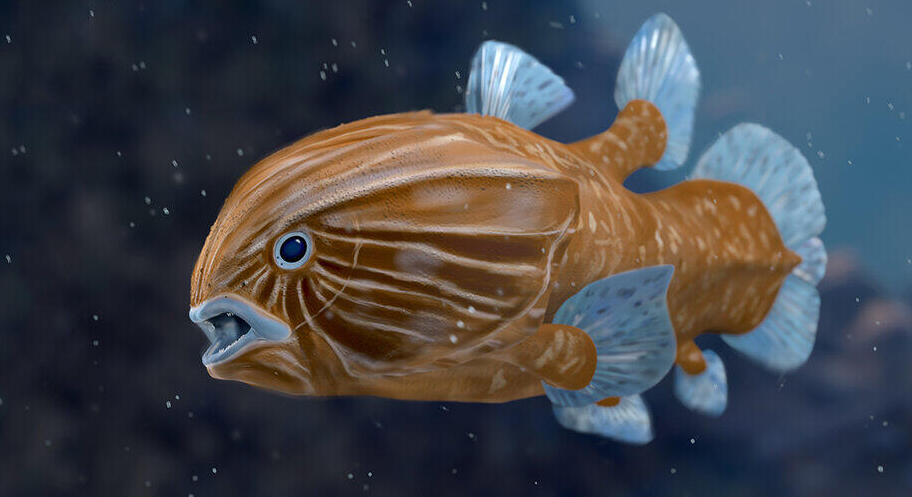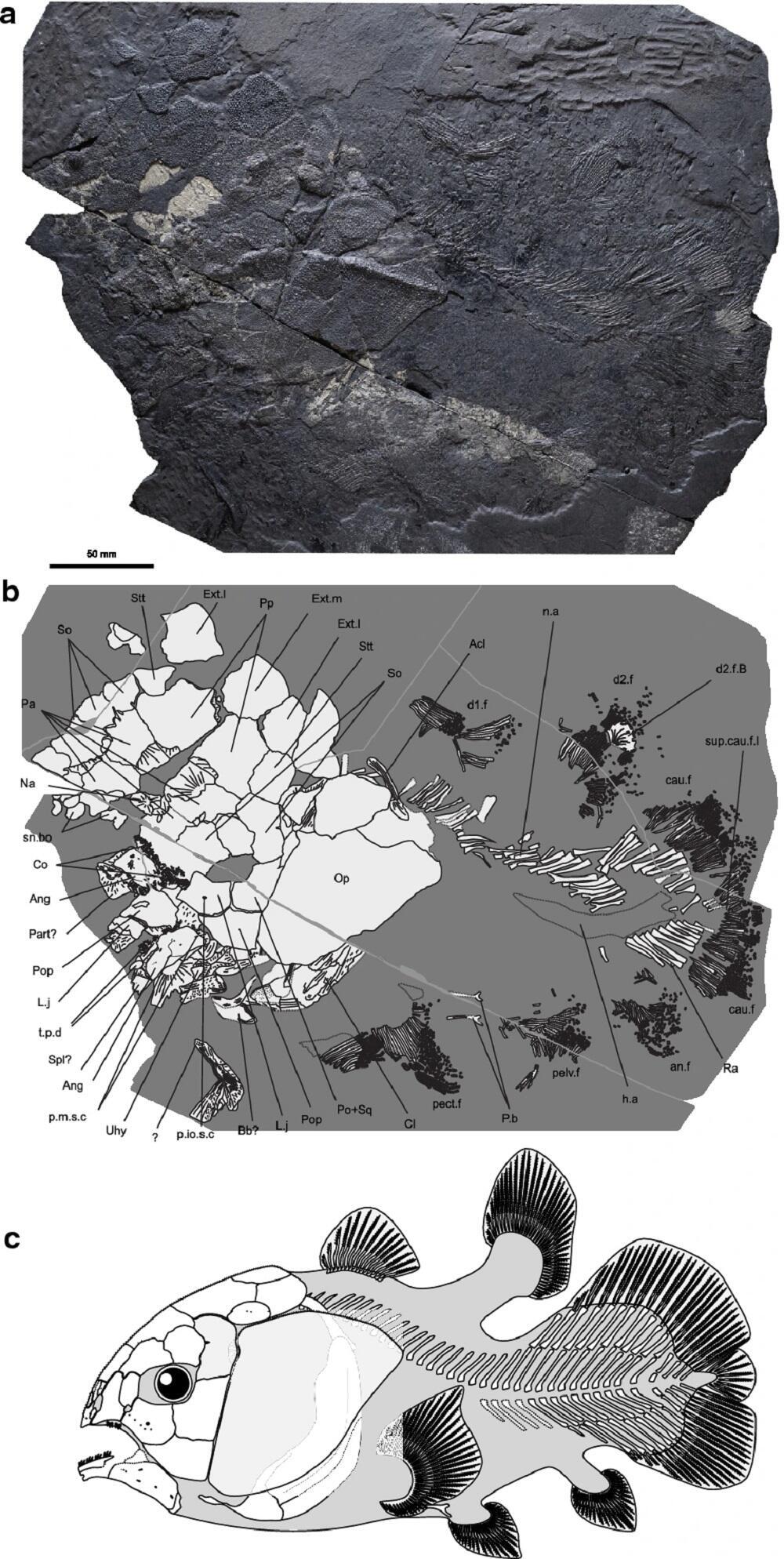The unique fish class Coelacanths are known from just two species found along the East African coast and in Indonesia. Their fins reveal a closer evolutionary connection to land vertebrates, including humans, rather than typical fish. These creatures offer insight into the appearance of our species' fish ancestor. Over the 420 million years of their existence, coelacanths have evolved gradually, earning them the moniker "living fossils."
Read more stories:
In the Grisons region of eastern Switzerland, two coelacanth fossils were found in Triassic rocks, revealing a new and peculiar species, Foreyia maxkuhni, with a short body and dome-shaped skull. This discovery led researchers to investigate other coelacanth fossils from the same era, found in the UNESCO World Heritage site of Monte San Giorgio in Ticino (Italian Switzerland). These specimens, discovered in the mid-20th century, are housed in the Paleontological Museum of Zurich and have remained largely unstudied due to the difficulty of interpreting them.
2 View gallery


Rieppelia heinzfurreri is a newly discovered species of coelacanth
(Illustration: Philippe-Wagneur-MHNG)
While working on his doctoral thesis, researcher Christophe Ferrante from the UNIGE Faculty of Science revealed a new coelacanth species, Rieppelia heinzfurreri, closely related to the Grisons species, Foreyia. Interestingly, some characteristics are similar while others are curiously reversed: one has small front fins and the other has huge ones; one has small opercles and the other has gigantic ones, for example. This study highlights a small evolutionary development, where several species emerged in a short time and in a confined space, a phenomenon observed in certain organisms but newly identified in coelacanths.
About 252 million years ago, a massive extinction event wiped out over 80% of marine species due to volcanic eruptions in Siberia. Ten million years after this disaster, the Swiss coelacanths appeared, showcasing their ability to adapt to the post-extinction Earth environment and evolve into distinctive forms. Other groups later occupied these niches, including all major groups of bony ray-finned fishes that still exist today.
2 View gallery


The fossil from which the shape of the fish was determined
(Photo: Scientific Reports)
In their ongoing study of the postapocalyptic coelacanths from the Triassic era, Lionel Cavin's team at the Natural History Museum in Geneva is investigating newly discovered fossils from different locations worldwide. They are also exploring potential genetic characteristics that may have contributed to these unusual forms by comparing them with the genomes of present-day vertebrates.

